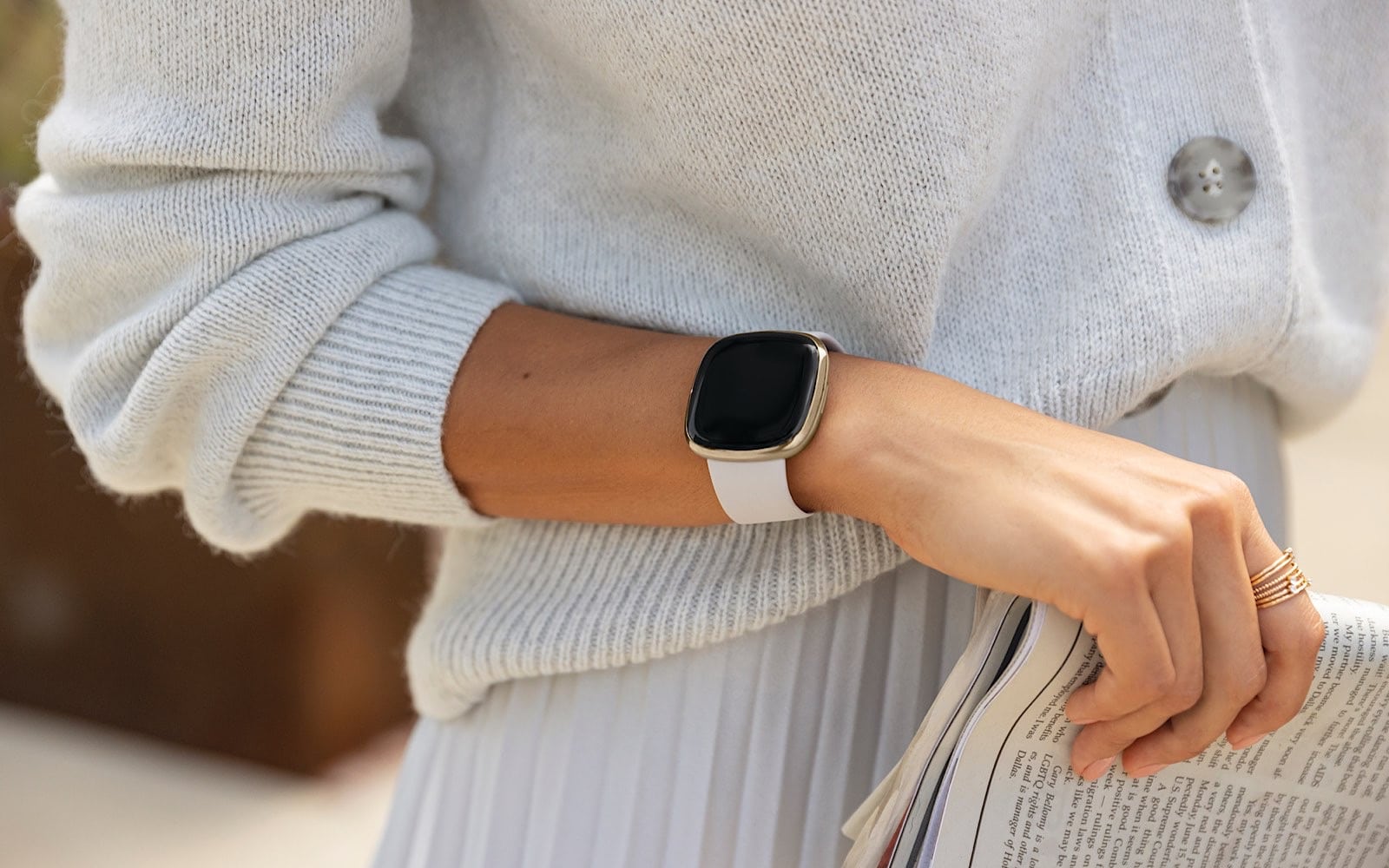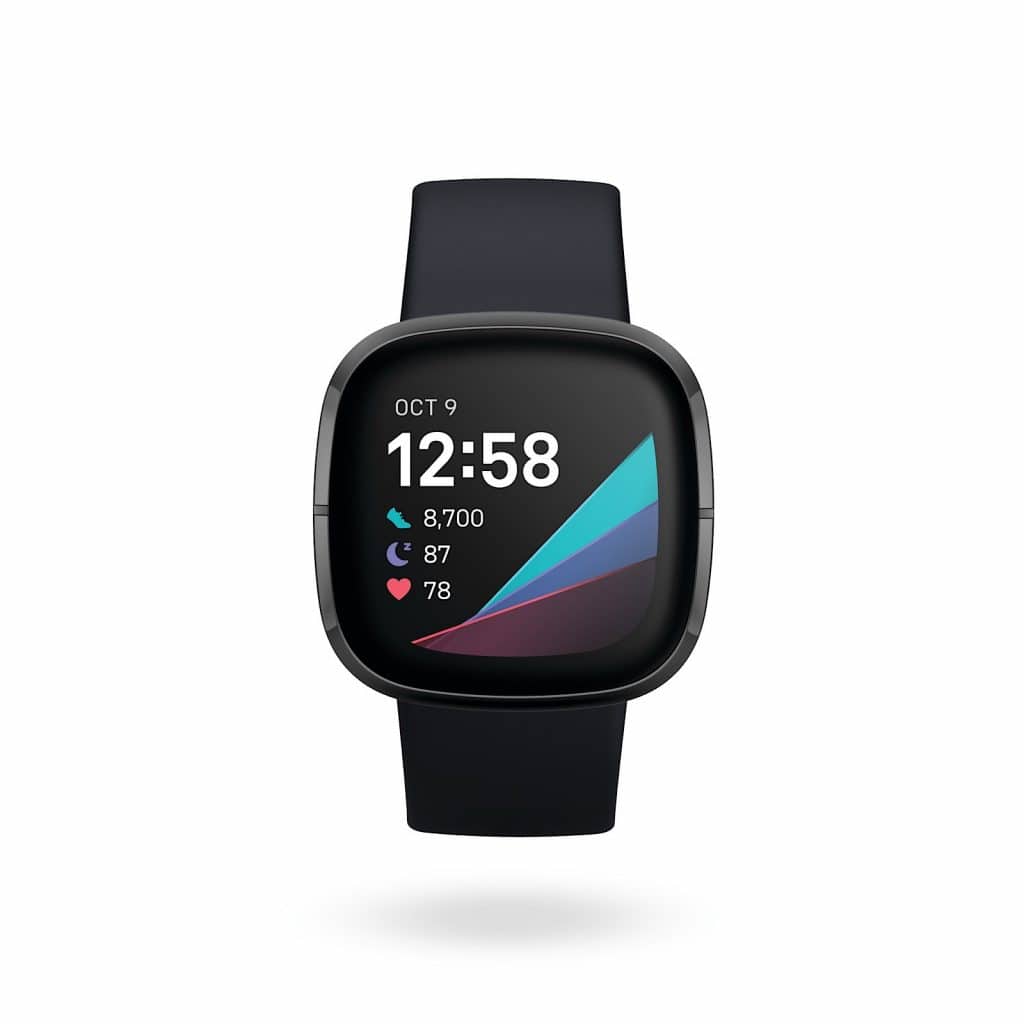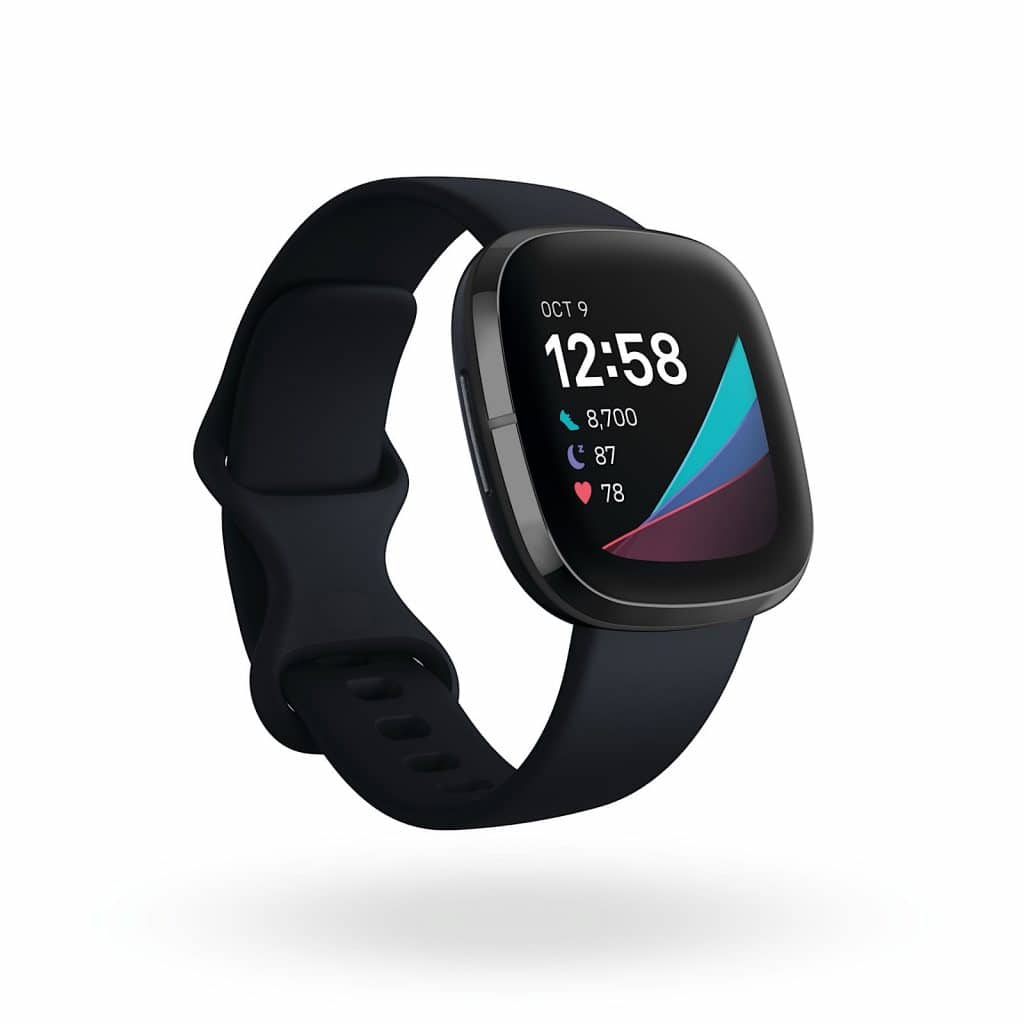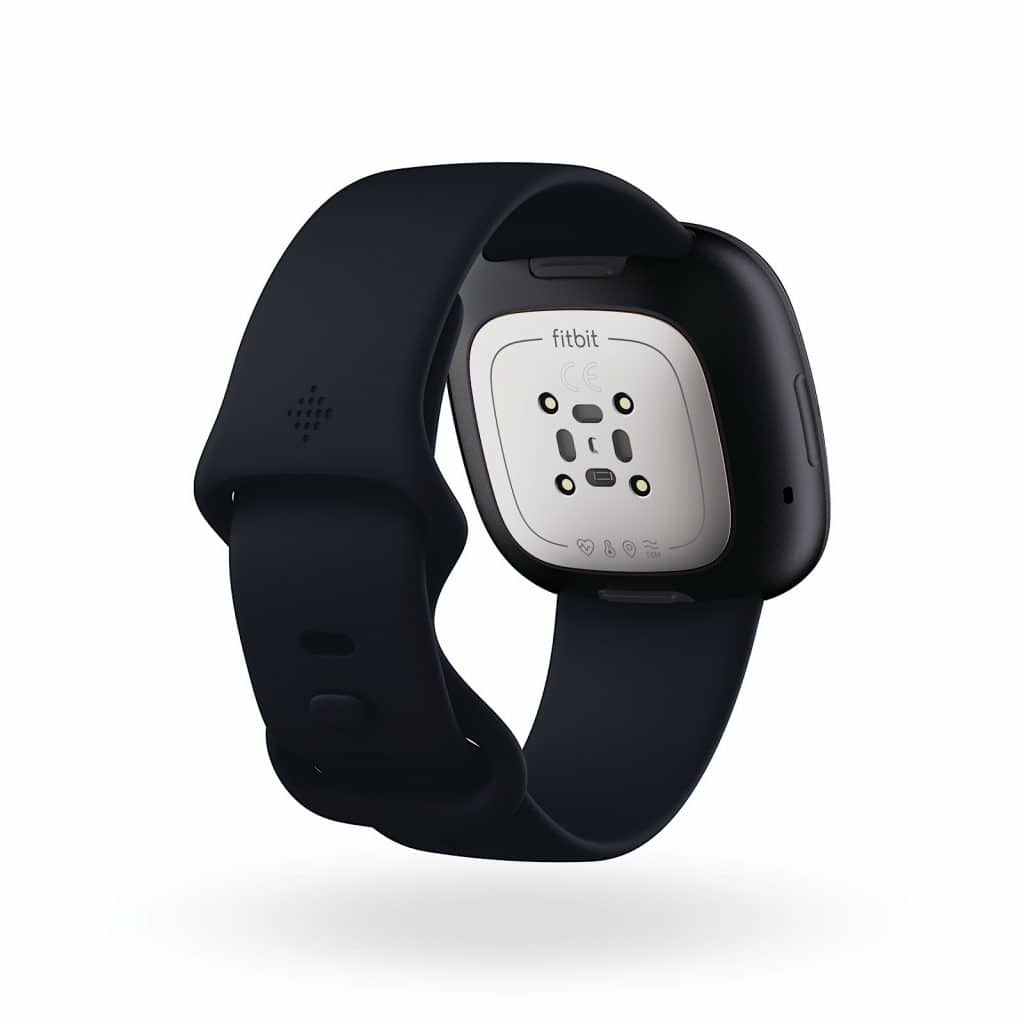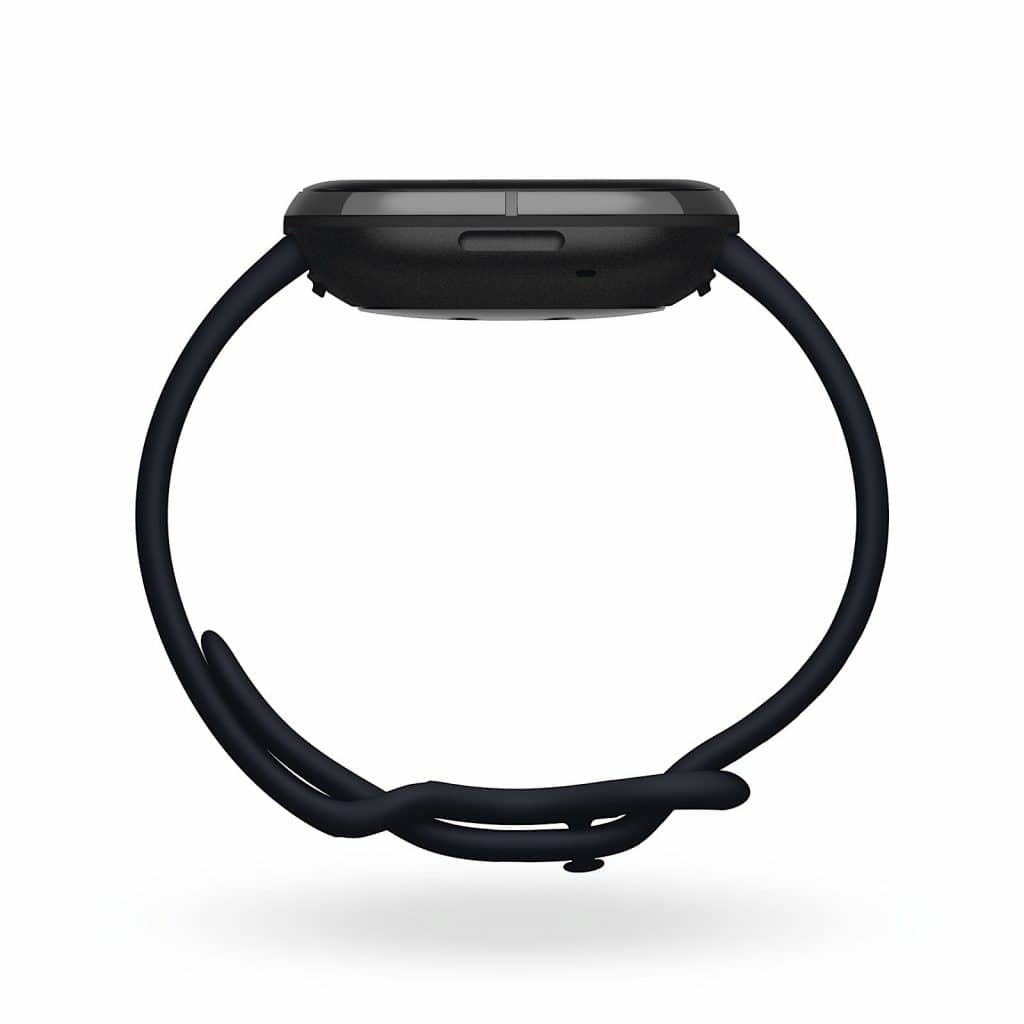Heart rate. Sweat. Skin temperature. Stress management. Fitbit’s next smartwatch aims to take the fight to other wearables with more tech than most wearables offer.
Smartwatches are getting better at monitoring your health, and that comes from new developments. You clearly have to be active for those activities to be monitored, but if you’re trying to work out what your body is doing and are keen to put the signals your body is sending out together, smart health technology can be extremely helpful.
Over the past few years, we’ve seen wearables grow from supporting the basic step counter to including things like a heart-rate monitor, and eventually adopting blood oxygen sensors and even an electrocardiogram, the latter of which still isn’t technically supported locally in devices, but does exist for when Australia’s Therapeutic Goods Administration (TGA) decides wearable ECGs are fine for Aussies to use.
But there’s clearly still more a wearable can use to monitor your health, and with the latest smartwatch, Fitbit is hoping it has the goods that you’ll want to wear.
This week Fitbit is announcing the Fitbit Sense, a new smartwatch that offers the heart-rate tracking, the support for the ECG technology the TGA hasn’t yet approved locally, the pedometer and all those other things you expect inside a modern smartwatch, plus something else that’s a little bit new: an electrodermal activity sensor, also known as an “EDA”.
Essentially, it’s a sensor that monitors the skin, with electrodermal activity looking at the response of the skin, often for sweat. EDA sensors aren’t necessarily something new in wearables, and back when Jawbone was producing the Up wearable bands, it included a galvanic skin response sensor in at least one variation.
That’s sort of where Fitbit is going to, though it’s not yet known whether the electrodermal sensor in the Fitbit Sense is galvanic.
What we do know is that it’s there to monitor the small electrical charges in your sweat to try and understand your stress levels, working with an app and technology in the Fitbit Sense to understand how you’re going. This works with a Fitbit Stress Management Score to understand the stress and how it coincides with other signals the Fitbit Sense can track, including heart rate, activity, and sleep data, with all of the information from the variety of sensors coming together in the Fitbit dashboard.
One of those sensors may still not work in Australia, with the ECG in the Fitbit Sense technically able to work out whether someone’s heart is giving the signs for atrial fibrillation, also known as “AFib”, something you’ll possibly have heard on ER, Grey’s Anatomy, or other health-focused shows, fiction or otherwise. Locally, the administration that certifies whether an ECG can be activity has yet to approve any of the devices in Australia, including the Apple Watch Series 5, plus Samsung’s recent Galaxy Watch 3.
Fitbit’s local arm has yet to say anything on the matter, which could mean the Fitbit Sense in Australia will be just like Apple and Samsung, and include ECG technology that doesn’t work locally. That doesn’t mean it doesn’t work at all, just that Australians won’t be able to use it until the Therapeutic Goods Administration says otherwise.
However, it’s just one of the sensors included in the Fitbit Sense, and like how wearables can continue to work just without one feature activated, it could mean the Fitbit Sense has what it takes to take on other popular health-tracking wearables, too, thanks in part to an on-board GPS, AMOLED screen, contactless payment system over Fitbit Pay, and support for as much as over six days of battery life.
“We are breaking new ground with our wearables, helping you better understand and manage your stress and heart health, and pulling your key health metrics together in a simple and digestible way to track things like skin temperature, heart rate variability, and SpO2 so you can see how it’s all connected,” said James Park, Co-Founder and CEO of Fitbit.
“Most importantly, we are making health accessible, surfacing new data that you may only get once or twice a year at the doctor’s office that you can use to focus on your holistic health and wellness, at a time when it’s needed most,” he said.
Locally in Australia, the Fitbit Sense is targeting a late-September release, expected locally for $499.95.




